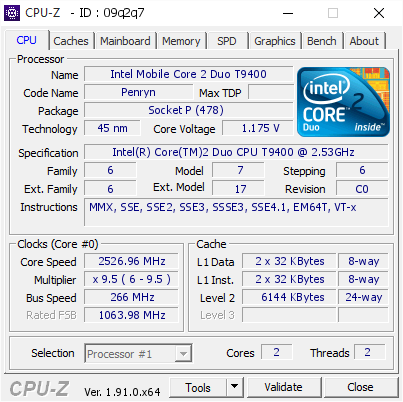
- Cpu z memory speed how to#
- Cpu z memory speed serial number#
- Cpu z memory speed Pc#
Cpu z memory speed how to#
For more information on upgrading RAM, see our guide on How to install new memory in your PC. If you’re looking to upgrade, be sure that you’re getting the same type and form factor of RAM, because you can’t directly swap out DDR3 for DDR4 RAM without having to also replace your motherboard.
Cpu z memory speed Pc#
These options should help you figure out what RAM your PC is using. If you can’t locate a label or identifier anywhere, then it may be prudent to use one of the methods described above instead. In these cases, you’ll typically find the part number, which you can then look up with your favorite search engine to figure out the rest of the specs. Typically, these labels will either be a sticker applied directly to the stick of RAM, engraved onto the fancy heat spreader on higher-performance modules, or may be printed directly onto the circuit board. Most consumer RAM modules will come with a label to identify the type of RAM it is. The SPD tab, which stands for “serial presence detect,” provides information related to the RAM modules themselves including the manufacturer and part number information. Memory will show you memory type and current frequency information. In CPU-Z, you’ll want to use the “Memory” and “SPD” tabs to see information about your RAM. Much of the above information is also available with the help of some third-party software, such as CPU-Z and Speccy.
Partnumber provides the manufacturer’s model number for that particular RAM module, which can be very useful with the help of a Google search to identify the RAM stick you have and whether or not you can buy it again. Cpu z memory speed serial number#
Serialnumber will give you the hardware serial number for that specific stick of RAM, which is typically only relevant when dealing with the manufacturer for troubleshooting purposes. Manufacturer indicates an identified manufacturer of the RAM module. This will typically be the number 8 for DIMM modules found on desktop PCs or the number 12 for laptops’ SODIMM forms. FormFactor is the physical shape type of the RAM module. It gives information on all parts of the PC involving memory specifically and this means that SPD Speed will be readily available to see. What this program does is give you a detailed account of what is going on within your PC. DeviceLocator will tell you which physical slot the RAM module is plugged into on your system’s motherboard. Figuring out the SPD Speed is as easy as finding a program called CPU-Z. Configuredclockspeed relates to the speed at which your RAM is currently configured to be running at. Speed is the supported memory speed value that your RAM module indicates it can support, which is typically anywhere between 8.  Capacity will show the raw byte value of the RAM’s memory capacity, so something like 8,589,934,592 will be for an 8GB RAM module. If so, you’ll want to use “SMBIOSMemoryType” instead.
Capacity will show the raw byte value of the RAM’s memory capacity, so something like 8,589,934,592 will be for an 8GB RAM module. If so, you’ll want to use “SMBIOSMemoryType” instead. 
MemoryType will report back a number that aligns to a particular “type” of RAM module.






 0 kommentar(er)
0 kommentar(er)
